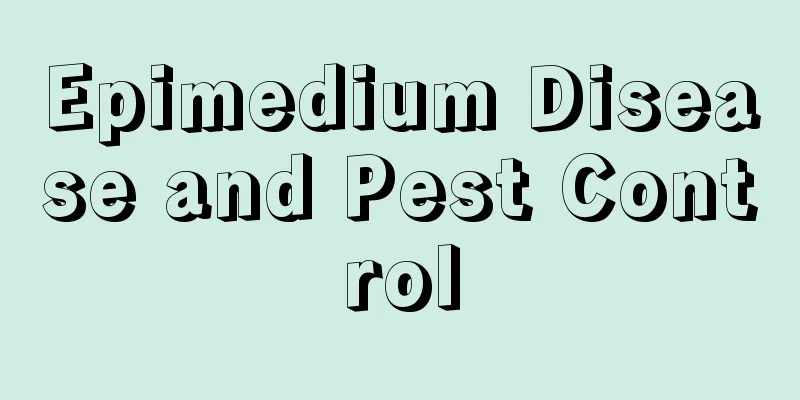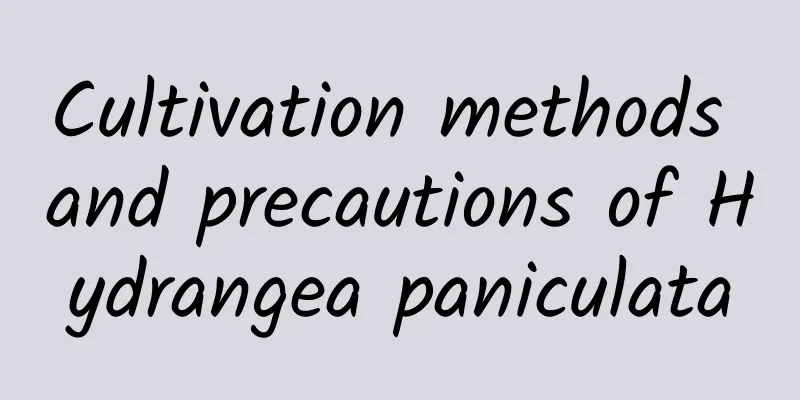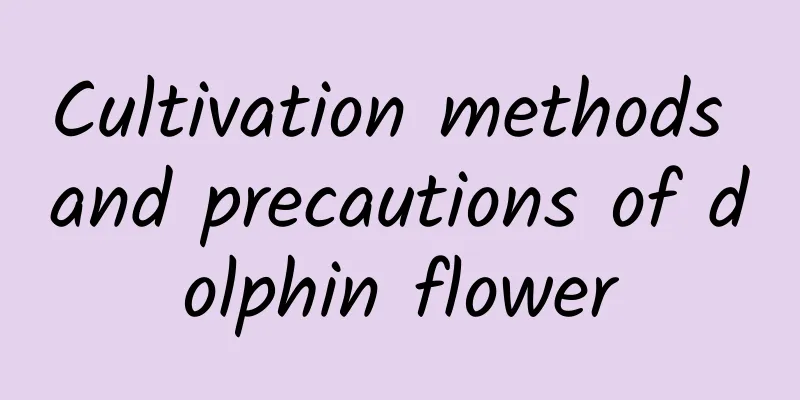Epimedium Disease and Pest Control

DiseasesThe first one is "leaf spot disease". As the name suggests, some spots will appear on the leaves when the disease occurs, and they will gradually expand and become larger, forming some irregular large spots. This disease occurs in both the seedling and adult stages, but it is more serious in the seedling stage. To deal with this type of disease, we must first remove the damaged parts and reduce the source of infection. Then spray pesticides for prevention and control. There are many options available, such as Bordeaux agent, carbendazim solution, etc., which can be used alternately to avoid the emergence of drug resistance. The second disease is called "rust", which mainly threatens the leaves and fruits of this plant. In the early stages of the disease, we will find some inconspicuous small spots, which will turn into raised spots in the later stages. Next, the lesions may burst, causing the leaves to die and the fruit to become dead. To deal with this disease, we can use a 15% solution of triadimefon diluted one thousand to one thousand five hundred times. Another thing is to strengthen management and clean up debris in the surrounding environment in a timely manner. There is also a "physiological red leaf disease", which mainly occurs in exposed areas without shade. When infected, the leaves turn from green to red, the plant's growth is stunted, and fruit production is reduced. To deal with this disease, what we need to do is take appropriate shading measures. PestsThere are many pests that can cause harm to this plant, such as wireworms, mole crickets, grubs, etc. To deal with them, if the number is small, you can capture them manually, use poisonous bait to kill insects, or set traps to lure them. |
<<: Pest and disease control of milk thistle
>>: Disease and insect pest control of Thousand-petal sunflower
Recommend
Ten taboos for raising grass carp
Grass carp, also known as silver carp, oil silver...
The growing environment and local conditions of leeks
Leek growth environment and conditions Chives wer...
Can Daphne koreana be placed indoors?
1. Can it be placed indoors? Daphne is one of the...
Can green radish be placed in a fish tank as aquatic plants? How to fix it in the fish tank?
1. Can it be grown as aquatic plants? The vitalit...
How to propagate Echinacea
Seeding method Sowing can be done in late April i...
What are the cultivation methods and precautions of roses
Rose cultivation method Rose has strong adaptabil...
How to maintain ginger lotus
Ginger Lotus Growing Conditions Ginger lily likes...
What are the common summer succulents?
What are summer succulents? Summer succulents and...
Can the green radish be repotted in summer?
1. Is it possible? The adaptability of the green ...
Fertilization and watering requirements for lily of the valley
1. Fertilization requirements 1. Different period...
Planet breeding methods and precautions
1. Maintenance methods 1. Temperature: The temper...
The role of vermiculite and how to mix soil
1. Function 1. Breathable and water-permeable: Ve...
Does bamboo like water? Is it a water-loving plant?
Does bamboo like water? Bamboo likes water and li...
Is a deep pot or a shallow pot suitable for cactus?
Is a deep pot or a shallow pot suitable for cactu...
Will the lotus bamboo bloom?
1. Will it bloom? It will not bloom. It is a type...









